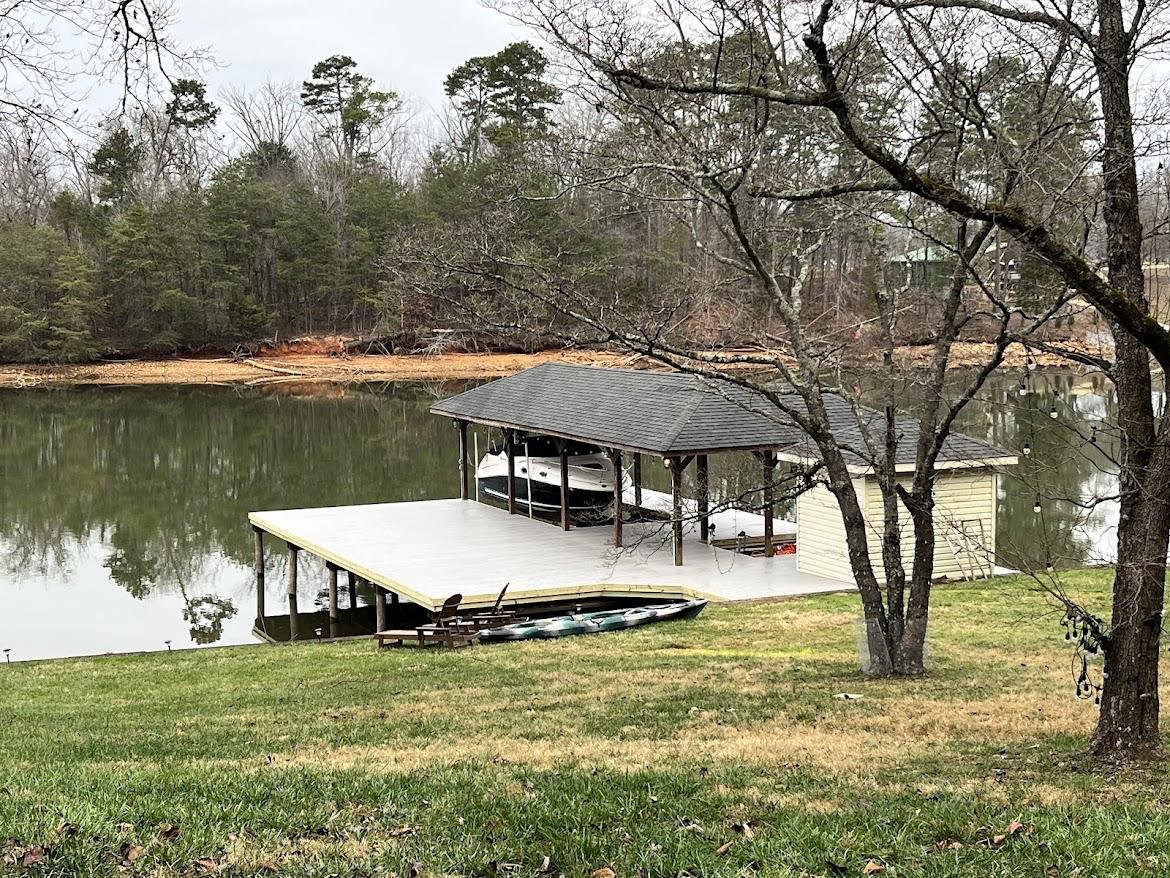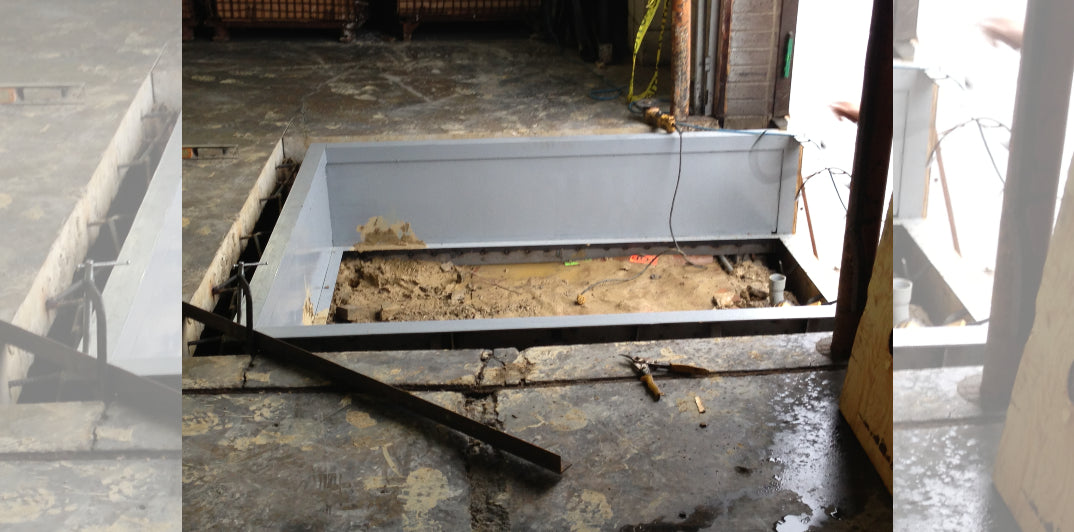Common Issues That Lead to Costly Dock Repairs
Common Issues That Lead to Costly Dock Repairs
Blog Article
Effective Dock Repair Techniques: Ensuring Structural Integrity
Making certain the structural stability of docks via efficient fixing techniques is critical for the longevity and safety and security of aquatic facilities. This involves a multi-faceted approach beginning with comprehensive evaluations using innovative innovations like sonar equipment and from another location operated vehicles (ROVs) to detect both visible and concealed problems. Consequently, choosing the right fixing materials, such as corrosion-resistant alloys and composite materials, is important for toughness. Structural support techniques, consisting of the application of cross-bracing systems and load-distribution plates, play a vital duty in mitigating tension factors. Nonetheless, the importance of these techniques ends up being noticeable when discovering sophisticated fixing methods and preventative upkeep methods.
Examining Dock Damages
Examining dock damages is a crucial very first step in ensuring the structural stability and security of any kind of docking center. This first assessment involves a comprehensive assessment to recognize both noticeable and hidden damages. Key elements to take a look at consist of the dock's structure, pilings, outdoor decking, and equipment. Each part must be scrutinized for indications of wear, rot, rust, or other forms of deterioration that might jeopardize the structural stability.
Architectural designers or qualified inspectors usually do these evaluations using specialized tools and strategies. As an example, undersea inspections could use sonar equipment or from another location operated cars (ROVs) to spot immersed damages. Over water, aesthetic evaluations are enhanced by utilizing moisture meters and various other diagnostic tools to reveal underlying problems not right away visible to the nude eye.

Finding Repair Work Materials
Choosing the proper repair service products is a crucial action in the dock reconstruction procedure, one that straight affects the long life and efficiency of the fixed framework. Product option need to be driven by variables such as ecological problems, load-bearing demands, and compatibility with existing dock elements. For example, timber is a traditional choice for docks due to its natural strength and visual allure. Nevertheless, selecting the right kind of timber, such as pressure-treated lumber or naturally rot-resistant varieties like cedar or teak wood, is critical to stand up to water environments.
Along with wood, composite products are progressively preferred because of their resilience and reduced maintenance needs. Compounds, generally made from a mix of plastic and wood fibers, supply exceptional resistance to rot, insects, and UV damages. For steel docks, picking corrosion-resistant alloys such as galvanized steel or marine-grade aluminum is essential to stop corrosion and make sure architectural integrity in saline water problems.
Epoxy resins and marine-grade sealers are crucial for fixing cracks and sealing joints, supplying a water-proof barrier and enhancing the dock's general stamina. By diligently picking top quality products, dock fixings can achieve lasting results, thereby guarding versus future degradation and ensuring safe, reputable use.
Architectural Support Methods
Reliable architectural support methods are important in making sure the stability and longevity of dock fixings. This approach is especially efficient for docks revealed to hefty tons or severe environmental problems.
One more vital technique is the application of fiber-reinforced polymers (FRP) These products supply high strength-to-weight proportions and exceptional resistance to corrosion, making them optimal for strengthening wooden or concrete docks. FRP can be applied in strips or sheets and adhered with epoxy materials to enhance architectural stability.
Supporting and securing systems likewise play an important role in architectural reinforcement. Cross-bracing, using steel or wooden light beams, can counteract side forces, lowering guiding and motion. Anchoring systems, moved here such as helical piers or driven stacks, give a steady foundation by moving loads to deeper, extra steady dirt layers.
Finally, the integration of load-distribution plates can assist disperse weight much more equally across the dock's surface area, reducing local stress factors. These strategies jointly ensure that docks continue to be robust and risk-free, qualified of withstanding the rigors of their functional setting.
Advanced Repair Work Approaches

An additional innovative strategy includes undersea welding, which enables for repair services to be carried out without the requirement to dewater the area. This method is particularly useful for resolving structural issues in immersed dock parts, making sure very little disruption to procedures. Boosted welding methods, coupled with robotic systems, supply precision and integrity, therefore expanding the life expectancy of the dock.
Additionally, cathodic protection systems are applied to prevent corrosion in metallic dock frameworks. By utilizing sacrificial anodes or pleased current systems, these strategies successfully reduce the electrochemical processes that cause material damage.
Finally, advanced monitoring modern technologies, such as structural health tracking (SHM) systems, provide real-time information on the condition of dock frameworks. These systems enable positive maintenance and timely treatments, eventually ensuring the lasting structural integrity of the dock.
Maintenance and Avoidance
Maintenance and avoidance are fundamental ideas that underpin the longevity and security of dock frameworks. Regular assessments are extremely important, permitting very early detection of damage, prospective weak points, and ecological impacts. An aggressive approach, including regular checks for rust, rot, and structural changes, reduces costly fixings and prolongs the dock's operational life.
Safety nets ought to include using safety coverings to steel parts to guard over at this website against rust and utilizing cured timber to stand up to decay. Furthermore, making sure correct drainage and ventilation can stop water buildup, which is an usual reason of structural degradation. Incorporating high quality materials and adhering to maker standards throughout building and construction and fixing phases also play essential functions in improving durability.

Training employees in dock upkeep best practices makes certain regular application of safety nets. Leveraging technological breakthroughs, such as drones for assessments and sensors for real-time monitoring, can additionally improve maintenance initiatives. By focusing on maintenance and avoidance, dock owners can ensure architectural stability, get redirected here functional safety and security, and economical management over the dock's life expectancy.
Conclusion
In conclusion, preserving the architectural honesty of aquatic centers necessitates comprehensive dock repair service strategies. Advanced fixing techniques, coupled with normal upkeep techniques, make certain the dock continues to be functional and secure under varied ecological problems.
Making certain the structural honesty of anchors via effective repair techniques is critical for the durability and safety of marine facilities.Selecting the appropriate repair materials is a crucial action in the dock reconstruction procedure, one that directly influences the longevity and efficiency of the fixed structure.Effective structural support strategies are essential in making certain the security and durability of dock repairs. By focusing on upkeep and prevention, dock owners can make certain architectural integrity, functional safety and security, and economical administration over the dock's lifespan.
In verdict, keeping the structural honesty of aquatic facilities demands detailed dock repair work strategies.
Report this page